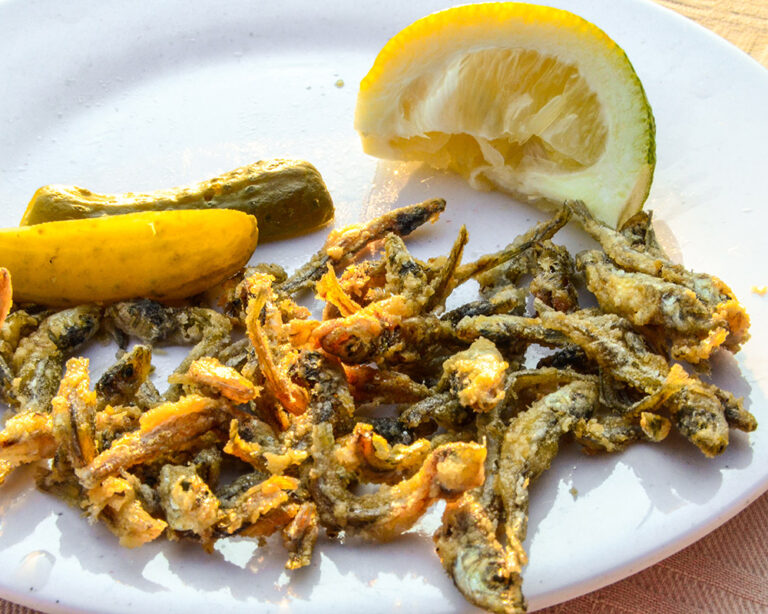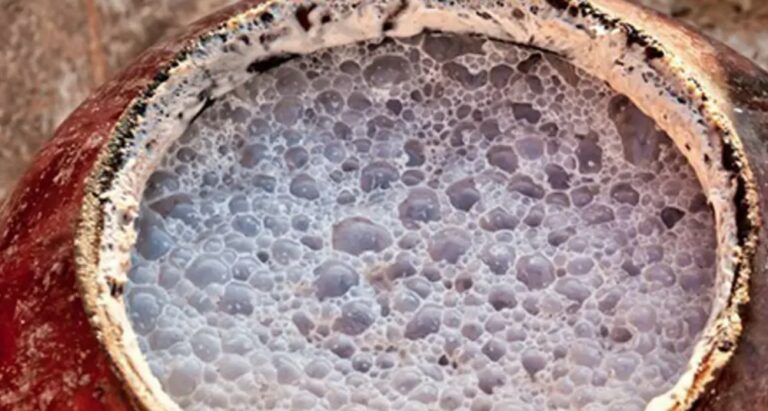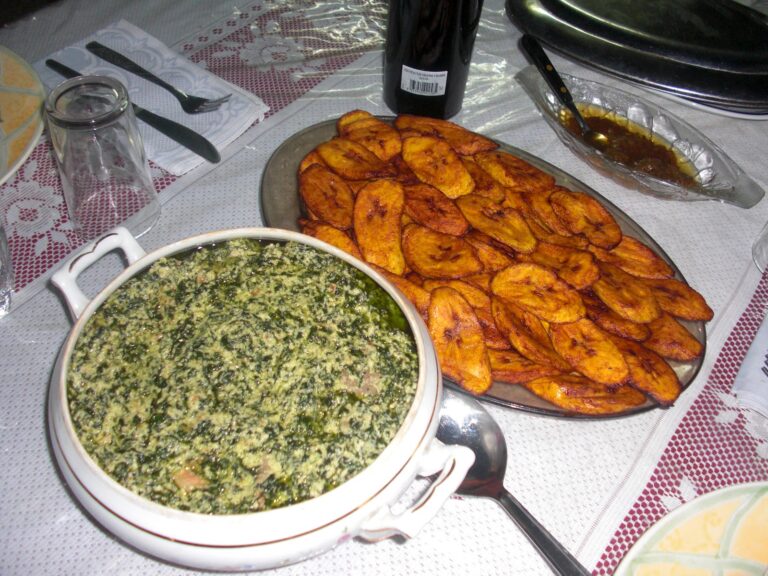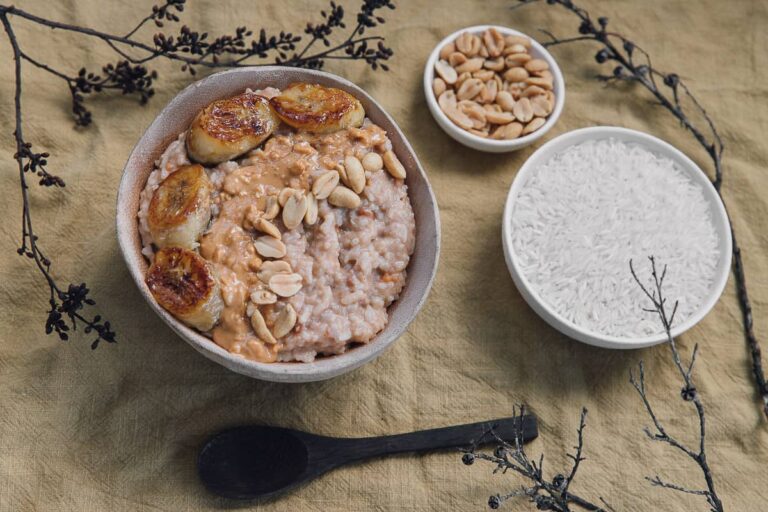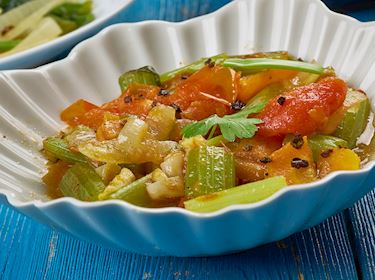Introduction: Barbecue in American cuisine
Barbecue, also known as BBQ or barbeque, is a quintessential part of American cuisine. It is a cooking method that involves slow-cooking meat over an open flame or hot coals, which imparts a smoky, savory flavor to the meat. While it is popular all over the country, barbecue has its roots in the southern United States, where it has been a staple of the cuisine for centuries.
The history of barbecue in America
The origins of barbecue in America can be traced back to indigenous Native American tribes, who would cook meat over an open flame. However, it was African slaves who brought the practice of slow-cooking meat to the southern United States. They would smoke meat over hardwood fires for hours, creating a tender and flavorful final product. Barbecue quickly became a popular way to cook meat in the South, and it spread throughout the country during the 19th and 20th centuries.
The different styles of American barbecue
There are several different styles of American barbecue, each with its own unique flavor and cooking method. The most well-known styles are Texas-style, Kansas City-style, Memphis-style, and Carolina-style. Texas-style barbecue typically involves slow-cooking beef brisket over mesquite wood, while Kansas City-style barbecue is known for its use of sweet, tangy sauce and a variety of meats. Memphis-style barbecue features dry-rubbed meats and a focus on pork, while Carolina-style barbecue is known for its vinegar-based sauce and pulled pork.
The regional variations of barbecue
In addition to the different styles of barbecue, there are also regional variations that reflect the local ingredients and traditions. For example, in the Carolinas, whole hogs are often roasted over an open flame, while in Alabama, white sauce made from mayo and vinegar is a popular condiment. In Texas, beef is often the focus of barbecue, while in the southeastern United States, pork is the most commonly used meat.
Barbecue as a social event and tradition
Barbecue is more than just a way to cook meat – it is also a social event and tradition. Barbecues are often held for holidays, special occasions, or just as a way to bring friends and family together. They can range from small backyard gatherings to large-scale festivals, and they often involve music, games, and plenty of food.
The impact of barbecue on American culture and cuisine
Barbecue has had a significant impact on American culture and cuisine. It has become a symbol of southern hospitality and a way to celebrate local traditions and ingredients. Barbecue restaurants and competitions are popular throughout the country, and many cities have their own signature style of barbecue. Barbecue has also influenced other cuisines, such as Korean barbecue and Brazilian churrasco, which incorporate similar slow-cooking techniques. Overall, barbecue is an important part of American culinary history and a beloved tradition that continues to evolve and inspire.




